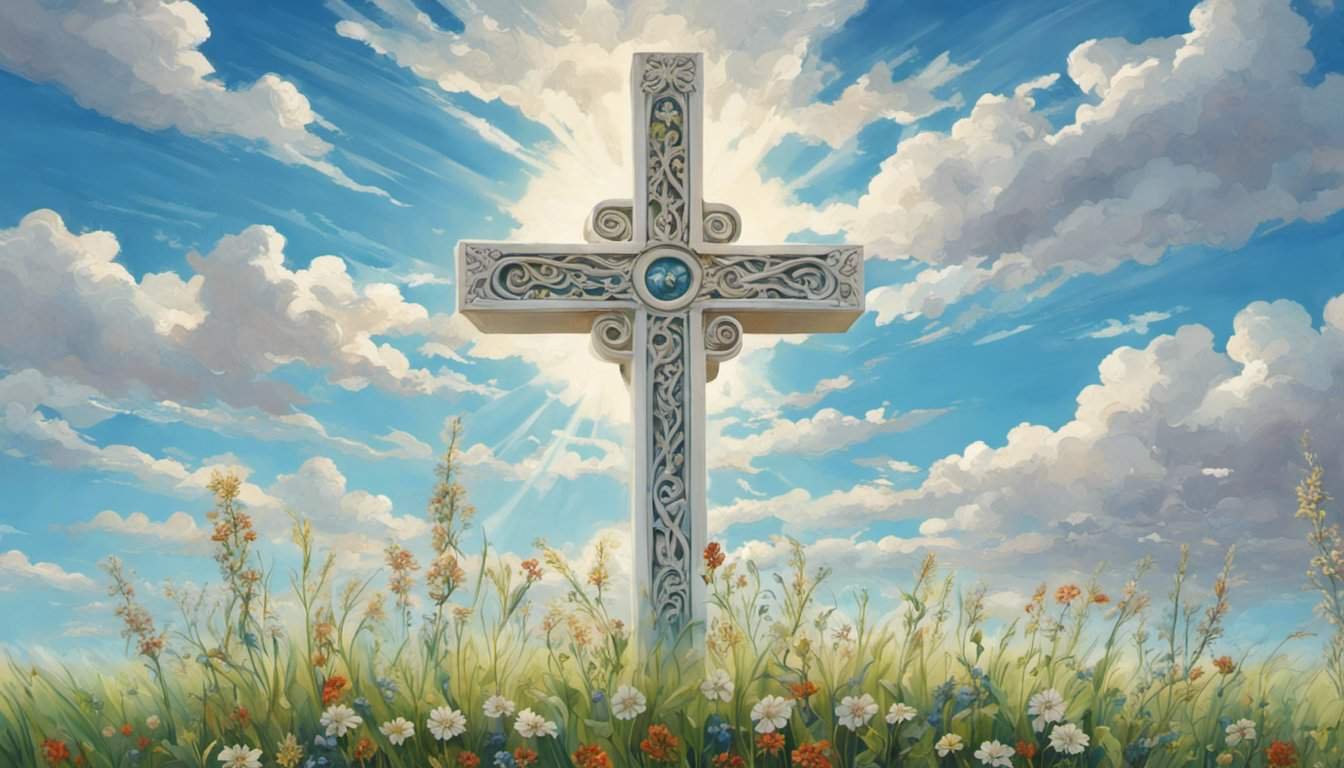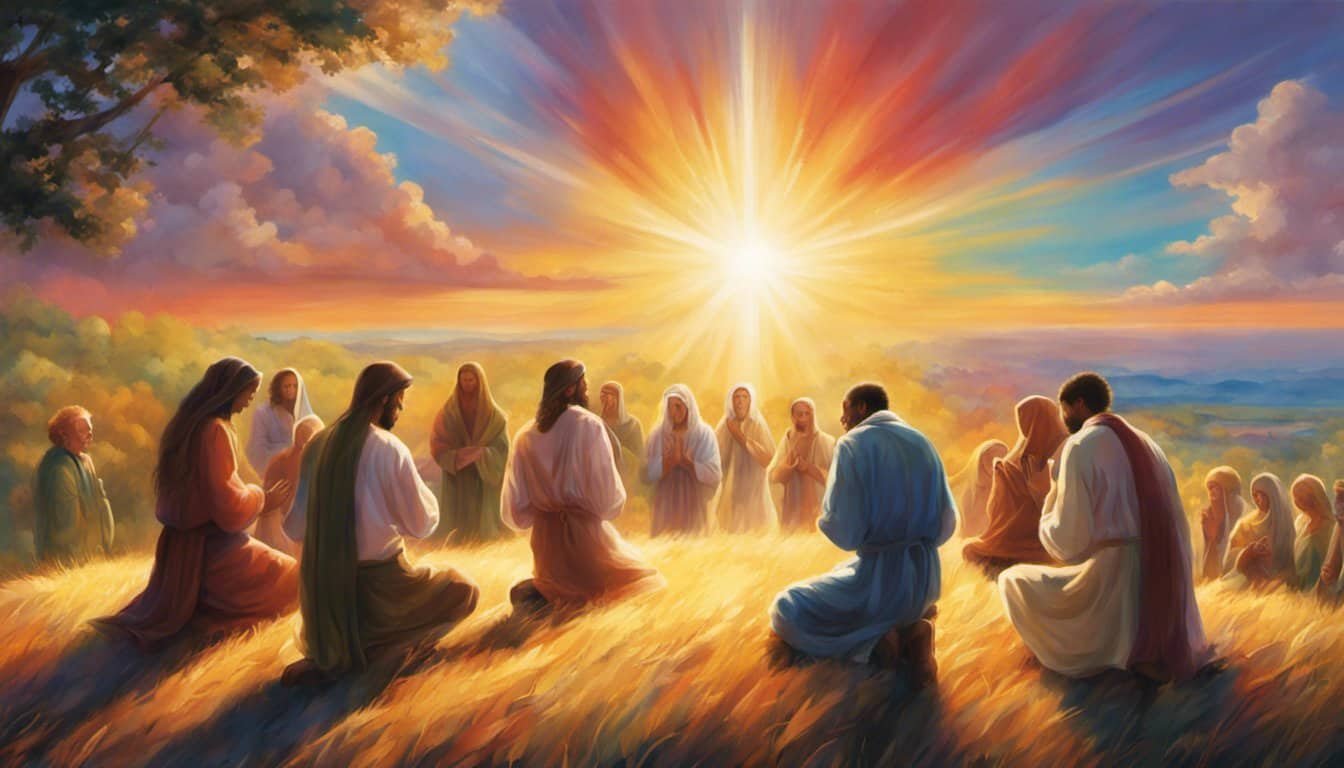Purim stands as a vibrant celebration of deliverance and joy. Rooted in the ancient story of Esther, this festival commemorates the miraculous survival of the Jewish people against all odds.
Each year, communities come together to embrace traditions that highlight courage, unity, and gratitude. From reading the Megillah to sharing delightful treats, Purim invites everyone to partake in its timeless message of hope and resilience.

Exploring Esther chapters 9 and 10 reveals the profound significance of these events, inspiring festivities that honor past triumphs and foster a spirit of togetherness.
Historical Background of Purim
Purim commemorates the Jewish people’s deliverance from a plot to annihilate them in ancient Persia. Understanding the historical context enhances the significance of the celebration.
The Persian Setting

The events of Purim occurred during the Achaemenid Empire, under King Ahasuerus, traditionally identified as Xerxes I, who reigned from 486–465 BCE. Persia was a multicultural empire encompassing diverse peoples and religions. Jerusalem, home to the Jewish community, lay within the province of Shushan. The empire’s vast bureaucracy and infrastructure facilitated communication and administration across its territories, setting the stage for the unfolding of the Purim story.
Jewish Life in the Empire
Jews in Persia enjoyed relative autonomy, governed by their own laws and customs. They held positions as administrators, merchants, and artisans within the empire. Despite periods of tension, the Jewish community thrived, maintaining their distinct religious and cultural identity. Haman, an Agagite and high-ranking advisor to King Ahasuerus, sought to eradicate the Jews, triggering the events celebrated during Purim. The community’s resilience and unity in facing such threats are central themes of the festival.
Overview of Esther Chapters 9-10
Esther chapters 9 and 10 detail the events that solidify the Jewish people’s deliverance and the establishment of Purim as an enduring celebration. These chapters highlight the reversal of fortunes for the Jews and the lasting legacy of Queen Esther and Mordecai.
Key Events in Chapter 9
- Establishment of Purim: Mordecai institutes the festival of Purim to commemorate the Jews’ salvation. It involves feasting, exchanging gifts, and charitable giving.
- Acceptance of Mordecai: The Jews honor Mordecai for his role in their deliverance, promoting his position within the kingdom.
- King’s Decree: King Ahasuerus issues a decree allowing Jews to defend themselves against their enemies, reversing Haman’s earlier plot.
- Celebrations Across the Empire: Jews in various regions celebrate their victory with joy and thanksgiving, reinforcing their unity and resilience.
Conclusion of the Story in Chapter 10
Chapter 10 concludes the Book of Esther by highlighting Mordecai’s prominence in the Persian empire. He rises to a position of great influence, and the king promotes him above all other nobles. This elevation underscores the complete turnaround from their previous peril, demonstrating the steadfastness and faith of the Jewish community.
Themes of Deliverance
The story of Purim highlights key themes that resonate through the Jewish tradition. These themes underscore the enduring spirit and collective strength of the community.
Faith and Resilience
Faith plays a central role in the Purim narrative. Esther’s unwavering trust in Divine providence empowers her to take bold steps for her people’s survival. Despite immense pressure and danger, the Jewish community remains steadfast, demonstrating resilience in the face of adversity. This steadfastness is evident when Mordecai encourages the Jews to defend themselves, reflecting their deep-rooted conviction and determination to persevere.
Community Unity
The deliverance of the Jewish people hinges on their unity. Throughout Esther chapters 9 and 10, collective action and solidarity are crucial in overcoming the threats they face. The establishment of the Purim festival itself is a testament to this unity, as it brings the community together to celebrate their survival and reinforce their bonds. By standing together, the Jews effectively counteract their enemies and secure their place within the empire, illustrating the power of communal strength and cooperation.
Celebrating the Feast of Purim
Purim marks a joyous occasion commemorating the Jewish people’s deliverance as recounted in the Book of Esther. This festival fosters a sense of unity and gratitude within the community through various traditions and modern celebrations.
Traditions and Rituals
Purim traditions are rich with symbolic practices that honor the story of Esther. Key rituals include:
- Reading the Megillah: The Book of Esther is recited twice daily, allowing the community to relive the events of their salvation.
- Sending Mishloach Manot: Exchanging gift baskets filled with food and treats strengthens bonds among friends and family.
- Gifting to the Needy (Matanot La’Evyonim): Donations are made to support those in need, reflecting the community’s generosity.
- Festive Meals (Seudat Purim): Celebratory feasts feature traditional foods and provide an opportunity for communal enjoyment.
- Costume Wearing and Carnivals: Dressing in costumes and hosting lively gatherings add an element of fun and remembrance to the festivities.
These rituals emphasize themes of remembrance, charity, and communal celebration, reinforcing the historical significance of Purim.
Modern Celebrations

Today’s Purim celebrations blend traditional practices with contemporary elements, making the festival accessible to all generations. Modern observances include:
- Theatrical Performances and Plays: Dramatic reenactments of the Purim story engage audiences and bring the narrative to life.
- Parades and Street Festivals: Vibrant parades feature costumes, music, and dancing, creating an energetic atmosphere in communities.
- Educational Programs: Schools and synagogues host workshops and lectures to educate younger members about Purim’s history and significance.
- Charitable Events: Community drives and fundraisers support local charities, embodying the spirit of Matanot La’Evyonim.
- Social Media Campaigns: Online platforms are used to share Purim greetings, stories, and events, expanding the festival’s reach.
By integrating these modern elements, Purim remains a dynamic and inclusive celebration that honors tradition while embracing the contemporary world.
Conclusion
Purim remains a joyful celebration of survival and community strength. Each year friends and families gather to honor their history and the courage that shaped it.
Blending time-honored traditions with modern festivities keeps the spirit of Esther alive today. Through laughter, sharing, and togetherness Purim inspires everyone to cherish their heritage and the bonds that hold them together.












